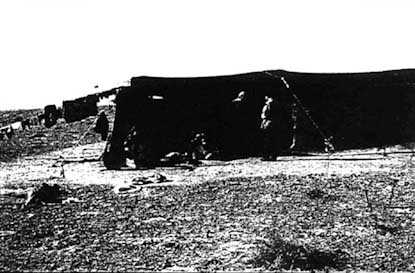The project needs to finalise the social component and the extension programme. It should be done considering the limited time still left. Nevertheless, pilot extension communication activities can be implemented and monitored to raise awareness among different stakeholders and to prepare the ground for future activities.
A communication strategy and workplan have been formulated within the framework of the overall extension programme. Communication and extension activities, have been formulated in order to support the introduction of a collaborative management approach and to involve all stakeholders. Within this framework, three main issues have been identified as fundamental for the extension communication strategy: information and education for rangeland and wildlife management; extension and community based learning (training); communication activities for collaborative management. Specific objectives and activities have been defined according to target groups prioritised by the project, such as:
- production of a pilot radio programme to be broadcast once a week;- preparation of sets of appropriate visual aids to support education and training (especially flipcharts on cloth);
- production of a video documentary to raise awareness about project activities and results;
- implementation of communication activities to support the establishment of grazing committees and the identification of collaborative activities.
Special attention has been given to horizontal information sharing especially among women groups. The identification and training of community facilitators, as well as the establishment of programme to support women learning process about environmental degradation, animal care and solutions to their problems is strongly recommended.
Several recommendations were defined in order to improve the activities and results of the extension unit, such as:
- an improvement of the process for data collection related to the need to elaborate extension messages and communication material through a participatory message design process;- to organise photo and video archives and to implement activities to document project activities on a regular basis, identifying since the beginning of the project the final products required (e.g. documentary, publications);
- a better definition of the tasks assigned to the staff of the extension unit;
- training of the staff especially in: communication planning; participatory message design; radio, video and low cost material production;
- inclusion in the extension staff of a local artist in order to be able to quickly prepare visual aids with Bedouins;
- specifications for the purchase of new equipment.
Furthermore, additional research on Bedouins informal communication flow and decision making process is recommended in order to enable the definition of a wider extension/communication strategy, which should be one of the most important components in case a second phase is approved.
During the mission opportunities for collaboration were discussed with the Extension Directorate in order to strengthen project capacity to implement the extension/communication strategy and to ensure adequate follow up. A workshop has been scheduled for the month of March in order to allow to set up a final agreement and to identify responsibilities for the implementation of a joint strategy.

